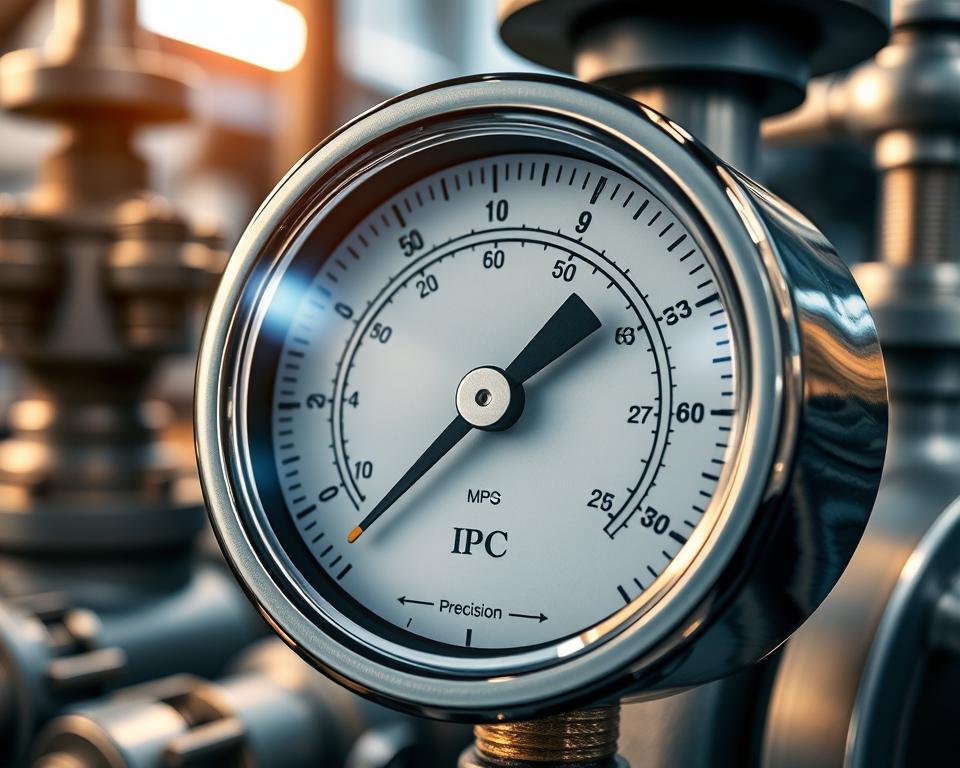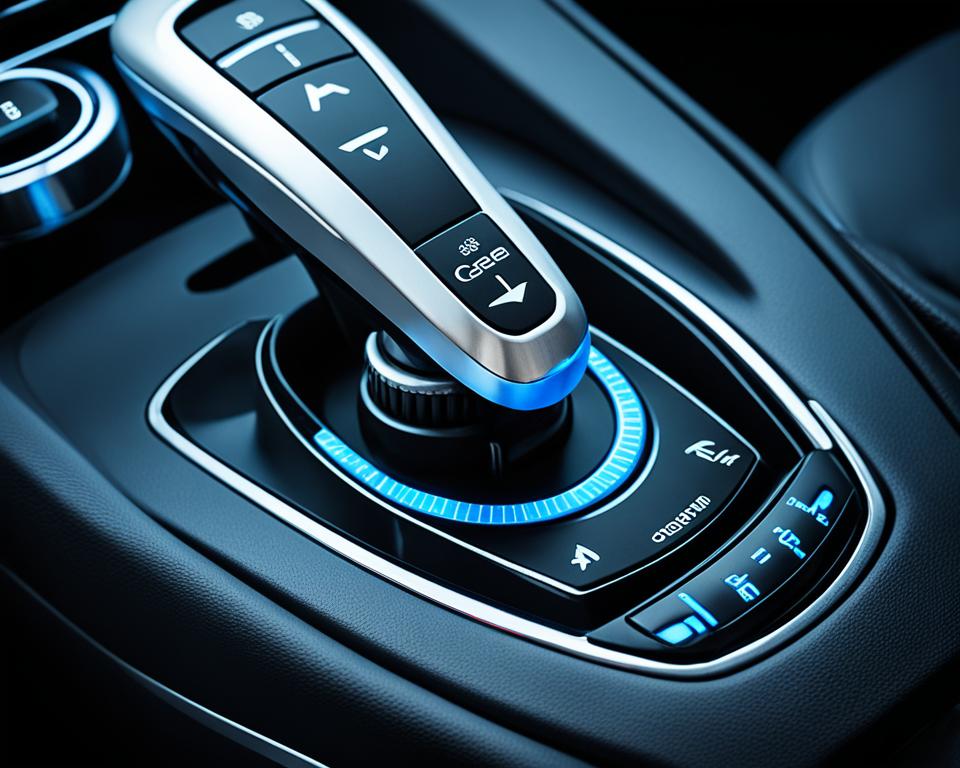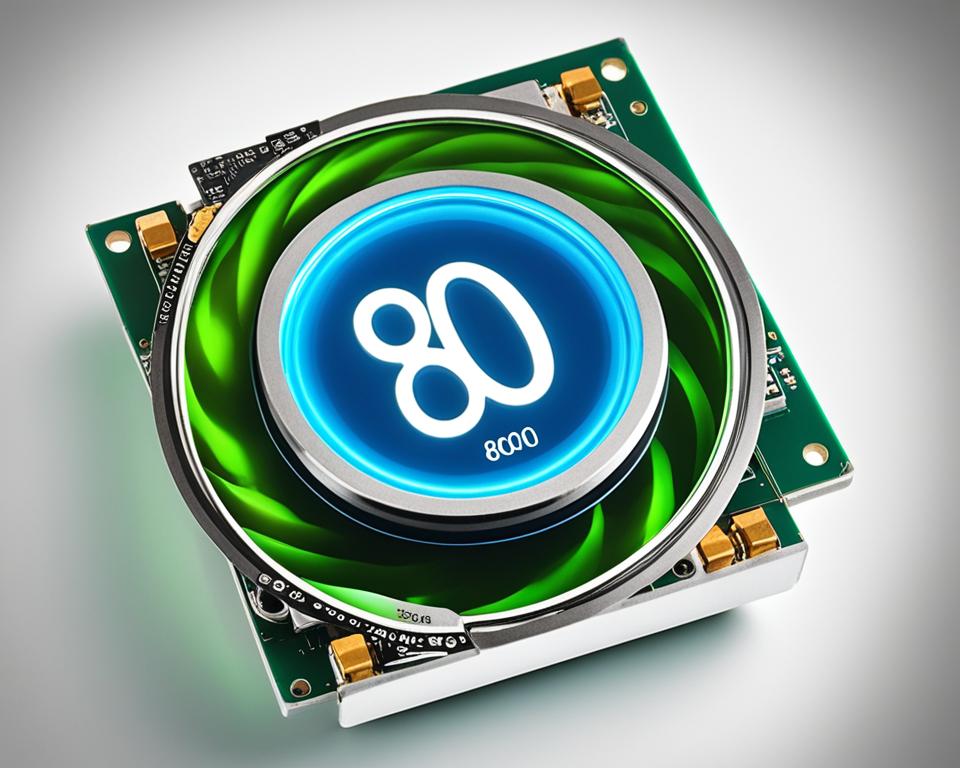Pressure gauges are key tools in many fields, like manufacturing and HVAC systems. They help professionals keep their equipment running safely and efficiently. This article will explore how pressure gauges work, their types, and uses. It aims to help you find the right gauge for your needs.
Read interesting things at : trainwithnexus
Key Takeaways
- Pressure gauges are essential tools for accurate pressure measurement in diverse industries.
- Different types of pressure gauges, including bourdon tube, diaphragm, and digital, cater to specific application requirements.
- Manometers, pressure sensors, and pressure transmitters offer alternative methods for pressure monitoring and control.
- Proper selection and calibration of pressure gauges are crucial to ensure reliable and consistent measurements.
- Understanding pressure gauge safety and maintenance protocols is essential for optimal performance and longevity.
Understanding Pressure Gauges
Pressure measurement is key in many fields like manufacturing, engineering, healthcare, and environmental monitoring. To measure and monitor pressure accurately, various pressure gauges have been created. Each gauge works differently and is used for specific tasks. We will look at how pressure is measured and the types of gauges available.
Principles of Pressure Measurement
Pressure is the force on a surface per unit area. To measure pressure, a sensing element is used. This element changes the mechanical force into a signal we can read. This signal shows on a gauge or is logged for analysis.
Types of Pressure Gauges
- Bourdon Tube Pressure Gauges – These use a coiled or C-shaped Bourdon tube. When pressure is applied, the tube straightens or curls. This movement turns into a rotational motion that moves the gauge’s pointer.
- Diaphragm Pressure Gauges – These gauges have a flexible diaphragm that bends under pressure. The diaphragm’s movement is converted into a signal we can read.
- Manometer-based Pressure Gauges – Manometers measure pressure by the height of a liquid column. The pressure is directly related to the liquid level difference.
- Digital Pressure Gauges – These use electronic sensors and digital displays. They provide precise, easy-to-read pressure measurements.
Each pressure gauge has its own benefits and is best for certain tasks. The choice depends on the needed pressure range, accuracy, and environment. Knowing how these gauges work helps pick the right one for your needs.
Bourdon Tube Pressure Gauges
The bourdon tube pressure gauge is a key tool in many industries. It’s used in manufacturing, HVAC systems, and more. Its design and function make it great for monitoring and controlling pressure.
The bourdon tube is the core of these gauges. It’s shaped like a C, spiral, or helical tube. When pressure increases, it straightens, moving a pointer on a dial. This shows the pressure, making these gauges reliable for many industrial applications.
Bourdon tube gauges are known for their toughness and accuracy. They can handle tough environments, vibrations, and temperature changes. They’re perfect for monitoring pressure in various settings, like manufacturing, HVAC, or labs.
“Bourdon tube pressure gauges are the backbone of many industrial monitoring and control systems, providing accurate and consistent pressure measurements.”
Bourdon tube pressure gauges come in many sizes, materials, and types. They fit any industrial application. Whether you need a small gauge or a big one, they ensure precise pressure control. They’re essential in industrial automation and process control.
Diaphragm Pressure Gauges
Diaphragm pressure gauges are a common choice for measuring pressure. They work well for low-pressure needs. These gauges use a thin, flexible diaphragm to show pressure readings. They are reliable in many industrial and lab settings.
Operating Mechanism
The way diaphragm pressure gauges work is simple. When pressure hits the diaphragm, it bends. This bending moves a linkage, which turns a pointer on a scale. This design lets gauges measure pressure from a few inches of water to hundreds of psi.
Applications
Pressure gauges are used in many places. In factories, they check the pressure of air, gas, or liquids in systems like compressors and pumps. In labs, they measure vacuum systems and filtration equipment pressures.
| Application | Typical Pressure Range |
|---|---|
| Industrial Processes | 0 to 300 psi |
| Laboratory Equipment | 0 to 30 in. water column |
Diaphragm pressure gauges are key for many industrial applications and laboratory applications. They ensure accurate pressure readings and help systems work well.
Manometers: Liquid Column Pressure Gauges
Pressure measurement is key in many fields, like HVAC and science. Manometers are great for this, using a liquid column to measure pressure. They come in two main types: U-tube and well-type manometers.
U-Tube Manometers
U-tube manometers use a U-shaped tube filled with liquid, like water or mercury. When pressure is applied, the liquid moves, showing the pressure. This design is simple yet effective, making U-tube manometers popular in many areas.
Well-Type Manometers
Well-type manometers have a single vertical column of liquid. The pressure is shown by how high the liquid is in the well. They are great for industrial use, like in HVAC systems, because they are easy to read and accurate.
| Manometer Type | Advantages | Typical Applications |
|---|---|---|
| U-Tube Manometer |
|
|
| Well-Type Manometer |
|
|
“Manometers are a versatile and reliable solution for accurate pressure measurement, offering a unique approach that sets them apart from traditional pressure gauges.”
Digital Pressure Gauges
Digital pressure gauges have changed the game in industrial and commercial fields. They offer unmatched accuracy, precision, and versatility. These tools use electronic sensors to show a clear digital reading, changing how we monitor and control important processes.
At their core, digital pressure gauges turn mechanical pressure into an electronic signal. This signal is then shown on a digital screen. This method is more precise than old analog gauges, making digital gauges crucial in many industrial applications. They are used in manufacturing, process control, and research.
Digital pressure gauges are very adaptable. They can measure different pressure units, from PSI to specialized ones. They also have features like data logging, alarm settings, and wireless connectivity. These features make them even more useful in electronic pressure measurement tasks.
“Digital pressure gauges have revolutionized the way we approach pressure measurement, offering unparalleled accuracy and real-time data insights that are essential for optimizing industrial processes and ensuring product quality.”
The need for precise, reliable, and easy-to-use pressure measurement tools is growing. This is why digital pressure gauges are becoming more popular. They provide accurate, responsive, and adaptable pressure measurement. These tools are set to be key in improving efficiency, safety, and innovation in many industries.
Pressure Sensors and Transmitters
Pressure measurement is key in many fields, like manufacturing and healthcare. Pressure sensors and transmitters turn physical pressure into electrical signals. This lets us monitor and control things precisely. There are two main types: strain gauge and capacitive pressure sensors, each with its own benefits and uses.
Strain Gauge Pressure Sensors
Strain gauge sensors work by changing electrical resistance when pressure is applied. The sensor’s internal gauge deforms, changing its resistance. This change is what gives us the pressure reading.
These sensors are known for their accuracy and versatility. They’re used in industrial automation, process control, and aerospace engineering.
Capacitive Pressure Sensors
Capacitive sensors change their electrical capacitance with pressure. When pressure is applied, the plates get closer, changing capacitance. This change is what we measure as pressure.
These sensors are great because they’re highly sensitive, use little power, and stay stable over time. They’re often found in medical devices, automotive systems, and consumer electronics.
| Feature | Strain Gauge Pressure Sensors | Capacitive Pressure Sensors |
|---|---|---|
| Principle | Electrical resistance changes | Capacitance changes |
| Accuracy | High | High |
| Sensitivity | Good | Excellent |
| Power Consumption | Moderate | Low |
| Common Applications | Industrial automation, Process control, Aerospace | Medical devices, Automotive, Consumer electronics |
Both strain gauge pressure sensors and capacitive pressure sensors are crucial for measuring pressure. They each have unique benefits and meet different needs. Knowing how they work and what they’re used for helps us choose the right one for our needs.
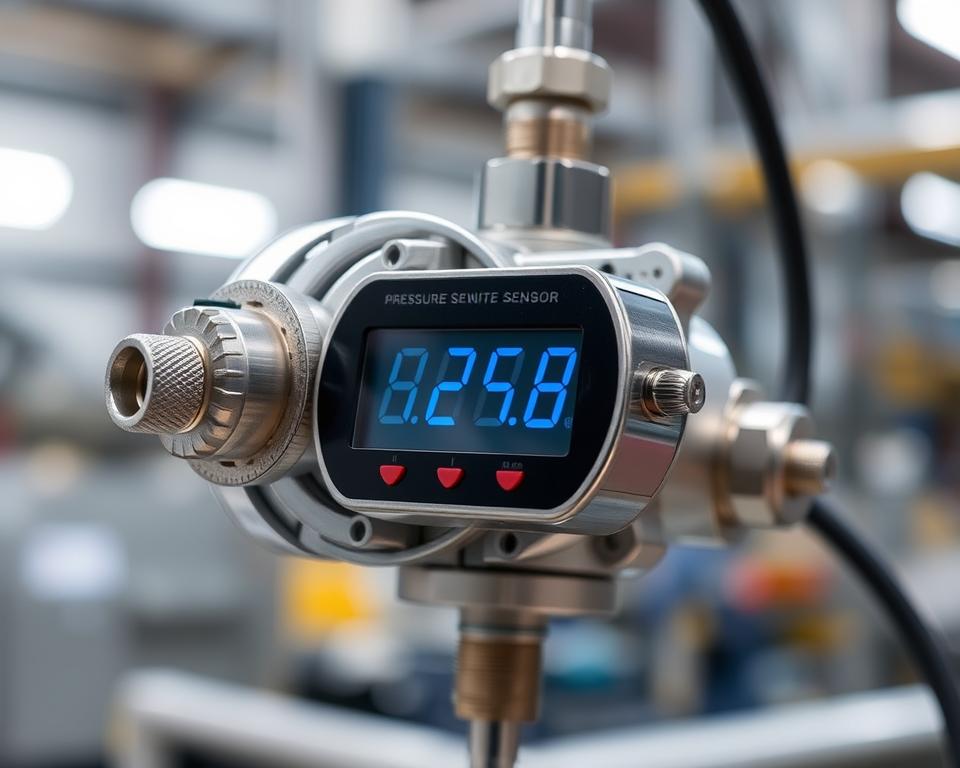
Differential Pressure Gauges
Differential pressure gauges are key in pressure measurement. They help get accurate data and control processes well. These tools measure the pressure difference between two points in a system. This gives insights into flow, filtration, and how processes work.
These gauges are used in many fields like manufacturing, petrochemicals, HVAC, and water treatment. They are a reliable and affordable way to watch important system parameters. This lets operators make smart choices and keep systems running smoothly.
Versatile Applications of Differential Pressure Gauges
- Flow measurement: Differential pressure gauges are key for measuring flow. They accurately track the movement of liquids, gases, and steam in pipelines.
- Filter monitoring: These gauges measure pressure drop across filters. This tells when filters need to be changed or cleaned, keeping systems efficient.
- Process control: Differential pressure measurements are crucial for managing industrial processes. They help control and improve processes, from chemical reactions to burning systems.
| Application | Benefit |
|---|---|
| Flow Measurement | Accurate quantification of fluid movement |
| Filter Monitoring | Timely detection of filter clogging for maintenance |
| Process Control | Optimization of industrial processes and operations |
Using differential pressure gauges improves workflow and resource use. They are essential for flow measurement and process control. These tools are vital in the changing world of industrial automation and efficiency.
Vacuum Gauges and Absolute Pressure Gauges
Vacuum gauges and absolute pressure gauges are key in pressure measurement. They are crucial for accurate readings, especially in high-vacuum settings. These tools help various industries, from science to manufacturing, by providing vital data.
Vacuum Gauge Types
Vacuum gauges vary, each for different needs and pressure levels. Bourdon tube vacuum gauges are great for medium-to-high vacuum. Diaphragm vacuum gauges work best for low-to-medium vacuum. Electronic vacuum gauges are top for high-precision, high-vacuum needs.
Absolute Pressure Gauge Applications
Absolute pressure gauges measure true system pressure, not against the atmosphere. They’re vital in scientific research, aerospace engineering, and semiconductor manufacturing. These gauges ensure accurate readings, improving processes and product quality.
“Accurate pressure measurement is the foundation of many high-vacuum applications, from advanced scientific research to cutting-edge industrial processes.”
Understanding vacuum gauges and absolute pressure gauges is crucial. It’s essential for precise measurements in labs or production facilities. This knowledge drives innovation and quality forward.
Pressure Gauge Accuracy and Calibration
It’s vital to ensure pressure gauges are accurate and reliable. This is key for precise measurement and top system performance. Knowing what affects pressure gauge accuracy is crucial. This includes resolution, repeatability, and linearity.
Regular pressure gauge calibration is essential for accurate readings. Calibration compares the gauge’s readings to a standard. This ensures any errors are found and fixed. With the right calibration tools, you can trust your pressure measurements and make better decisions.
- Factors affecting pressure gauge accuracy: resolution, repeatability, linearity
- Importance of regular calibration for consistent and accurate pressure readings
- Calibration process: comparison to reference standards and equipment
“Proper calibration of pressure gauges is essential for ensuring the integrity of your pressure measurements and maintaining optimal system performance.”
Knowing about pressure gauge accuracy and calibration helps keep your systems reliable. This knowledge lets you make smart choices. It helps improve system performance and ensures the precision you need.
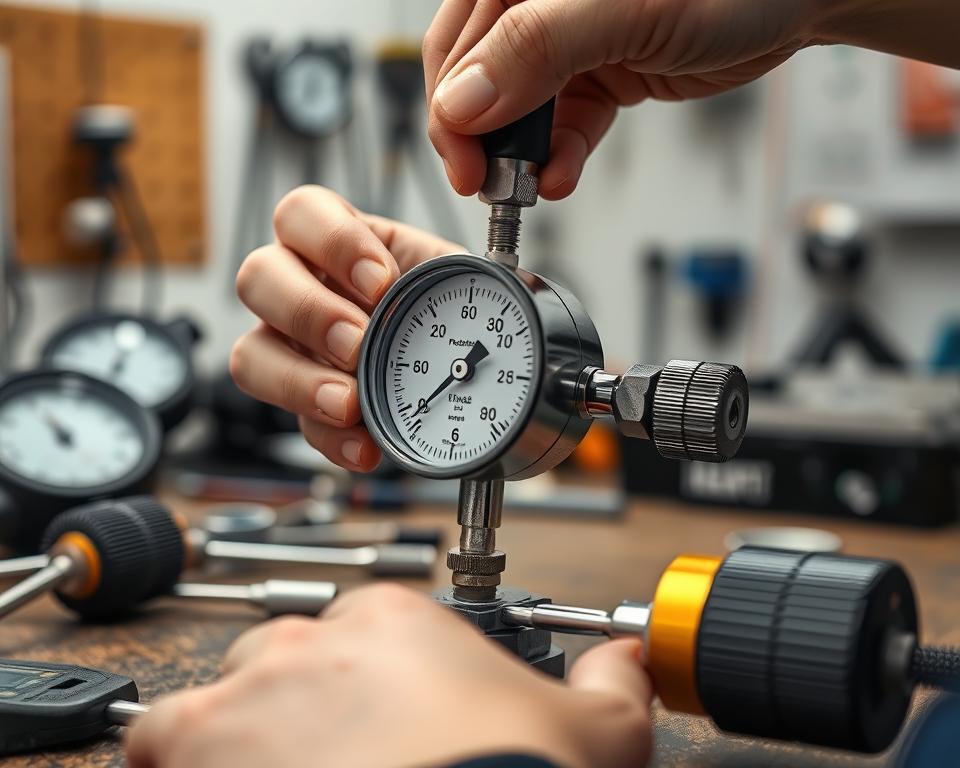
Selecting the Right pressure gauge
Choosing the right pressure gauge is key for accurate and reliable pressure measurements. There are several important factors to consider. This ensures you pick the best gauge for your needs.
Factors to Consider
When picking a pressure gauge, think about these key points:
- Pressure range: Make sure the gauge’s range fits your application’s pressure levels.
- Accuracy: Decide how precise your pressure measurements need to be.
- Materials of construction: Choose materials that work well with your environment and media.
- Environmental conditions: Consider how temperature, vibration, and humidity might impact the gauge.
Industry-Specific Requirements
Different industries have unique needs for pressure gauges. It’s crucial to know the specific rules and standards for your field. For instance:
- In manufacturing, gauges must meet strict accuracy and safety standards.
- In HVAC, gauges face tough conditions and must give reliable readings.
- In process control, gauges need to work with various systems and provide live data.
By looking at both general and specific requirements, you can find a gauge that meets your needs. It will offer accurate, reliable, and durable performance.
Pressure Gauge Safety and Maintenance
Keeping pressure gauges reliable and accurate is key. This part talks about pressure gauge safety and pressure gauge maintenance. It helps your instrument reliability last longer and work better.
Pressure Gauge Safety
Working with pressure gauges needs safety steps. You must use overpressure protection to avoid too much pressure. Also, the gauge parts must not react with the media it measures.
Follow the right installation steps to keep the gauge working right. Check the gauge often for any damage. This includes looking at the bourdon tube, diaphragm, or other parts.
Pressure Gauge Maintenance
Regular upkeep keeps your gauges in top shape. Clean them often to remove dirt. Also, do inspections for wear or damage. Make sure to recalibrate them as needed to keep them accurate.
By sticking to these best practices for pressure gauge safety and maintenance, your gauges will last longer. They will work safely and efficiently in your place.
Conclusion
Pressure gauges are key tools for measuring pressure in many fields. This guide covered different types, how they work, and their uses. We looked at bourdon tube, diaphragm, manometers, and digital gauges.
It also talked about pressure sensors and transmitters. We discussed what to think about when picking a pressure gauge.
Knowing how to use pressure gauges well helps with safe and accurate measurements. This is important for better control and decision-making in your work. Whether you’re in manufacturing, oil and gas, or HVAC, this info helps you find the right pressure gauge.
Getting pressure right is vital for performance, safety, and efficiency in many places. Using the latest technology and practices helps you make better choices. It also improves your work and keeps you competitive in the field.
